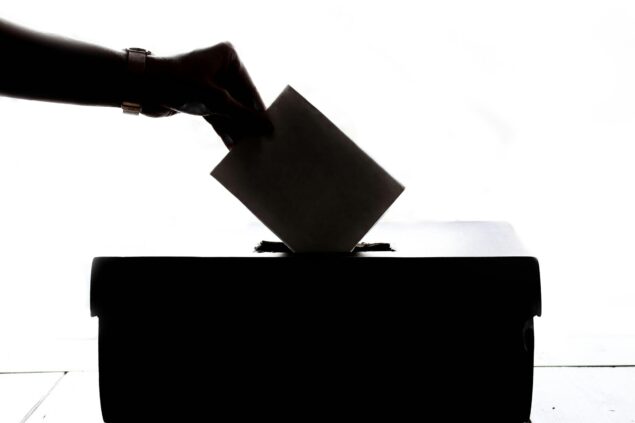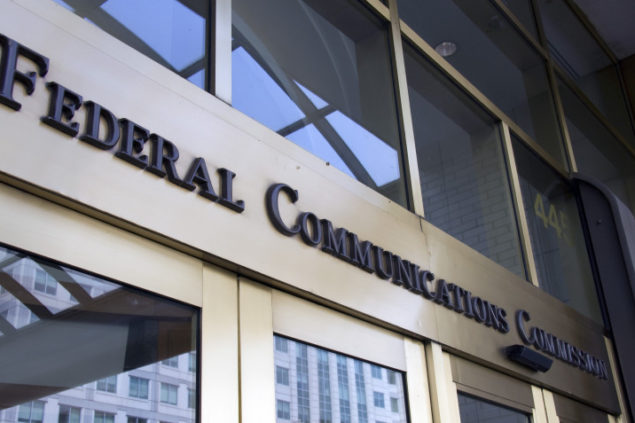Developments on Drones, Air Rights, and Takings
Brent Skorup

With the rapid progress of drone technology, legal claims to low-altitude airspace raise novel questions about the application of property law and constitutional protections. It is black-letter law that landowners own the airspace in the “immediate reaches” above their land, per the U.S. Supreme Court in United States v. Causby (1946).
Drone operations, therefore, directly implicate trespass and takings law. Due to Causby and more recent cases, a legal trade publication recently warned the drone industry, “Trespass is [an] area ripe for litigation.” Courts have not defined “immediate reaches,” and too many federal and state officials and drone operators seem to view landowners’ air rights as the rightful property of the government, to be disposed of as regulators wish.
For instance, while major retailers are testing drone delivery around the nation, regulators have put no limits on invasion of private air rights. At one testing area in Arizona, a resident was alarmed to find that her home sits below a planned “drone highway” for delivery drones. She said a representative of the drone operator “basically told me I had, essentially, no legal rights,” and that “[t]hey could be wherever they wanted, . . . anywhere on my property. Front yard, back yard, above your roof, in front of your windows; I had no rights.”
She’s not alone in wanting her air rights protected from drone intrusions. Most Americans know or intuit that they own the airspace directly above their land. In a recent study, ASU Law’s Prof. Troy Rule cites a January 2023 YouGov poll of 1,000 Americans: Nearly 85% believe they have a right to exclude drones from the airspace above their land. However, the poll reveals uncertainty about the altitude of exclusion rights, which is unsurprising given unclear law and policy in this area.
Regulators and industry need to establish, in concert with property attorneys, altitude limits to drones to give consistency to industry and protection of property and privacy expectations to residents. In the absence of clear legislation, I’ve proposed in a law review article that judges adopt a presumption that any unconsented-to drone intrusion below 200 feet altitude and above private property is a trespass.
That article explores the long history of air rights and points out that, decades ago, many legislatures expressly codified that landowners own the airspace immediately above their land. These laws often condition air rights with a right or privilege of flight above land. Since most planes and helicopters fly at hundreds or thousands of feet above land, this privilege presented few constitutional or air trespass issues. Drones, however, are generally required by federal law to fly below 400 feet altitude to provide a large buffer from conventional aircraft.
Drone operators and lawmakers mustn’t interpret those state laws to mean drones can fly wherever is convenient, as that would expose state officials to constitutional and takings lawsuits. Lawmakers and courts must note that the Supreme Court recently stated that airspace takings are physical takings that must be compensated under the Fifth Amendment. The Court said in 2021 in Cedar Point Nursery v. Hassid, “[G]overnment-authorized invasions of property—whether by plane, boat, cable, or beachcomber—are physical takings requiring just compensation.” (emphasis added).
After Cedar Point Nursery, it appears that any existing or new rules purporting to give drones access to low-altitude airspace are likely authorizing an unconstitutional and per se taking of property–landowners’ air rights.
Cedar Point Nursery calls into question, for instance, a 2015 Nevada law. The law generally recognizes civil trespass for drones flying below 250 feet above private land without landowner consent, which makes sense. But the law has several carveouts, including one that allows a drone to fly through private airspace if the drone “is in the process of taking off or landing,” or if the drone is operated by a licensed operator and the “operation of the [drone] does not unreasonably interfere with the existing use of the real property.” In effect, in Nevada and in states with similar laws, the state is purporting to authorize millions of drone operators to fly at low altitudes above homes and above private land, like woodlands, farm fields, industrial parks, conservation districts.
Further, it seems that state officials and aviation officials could be subjected to a costly § 1983 lawsuits for deprivations of constitutional rights. In short, state lawmakers and aviation officials should tread very carefully before purporting to give drone operators access to low-altitude airspace or exempting drone operators from trespass liability.
Lawmakers in several states this year, including Iowa, Missouri, Montana, and Wyoming, tried and failed to clarify that residents’ air rights are protected from drone invasions. The fact that protecting air rights is a priority in several states is encouraging. But ambiguity and confusion in the drone industry and among landowners remain. Property attorneys should advise clients of their constitutional rights and property rights regarding low-altitude drone intrusions. However, until the drone industry and property attorneys sort out altitude limits, we can expect to see landowners attempt to enjoin drone operations based on trespass, nuisance, takings, and environmental laws.

Topic
Sponsor
Federalist Society’s Environmental Law & Property Rights Practice Group
The Federalist Society and Regulatory Transparency Project take no position on particular legal or public policy matters. All expressions of opinion are those of the author(s). To join the debate, please email us at [email protected].



